
Drywall texture can create an attractive finish and add dimension to your home’s walls. This guide breaks down the factors that influence the cost to texture drywall.
Don’t get stuck in the mud
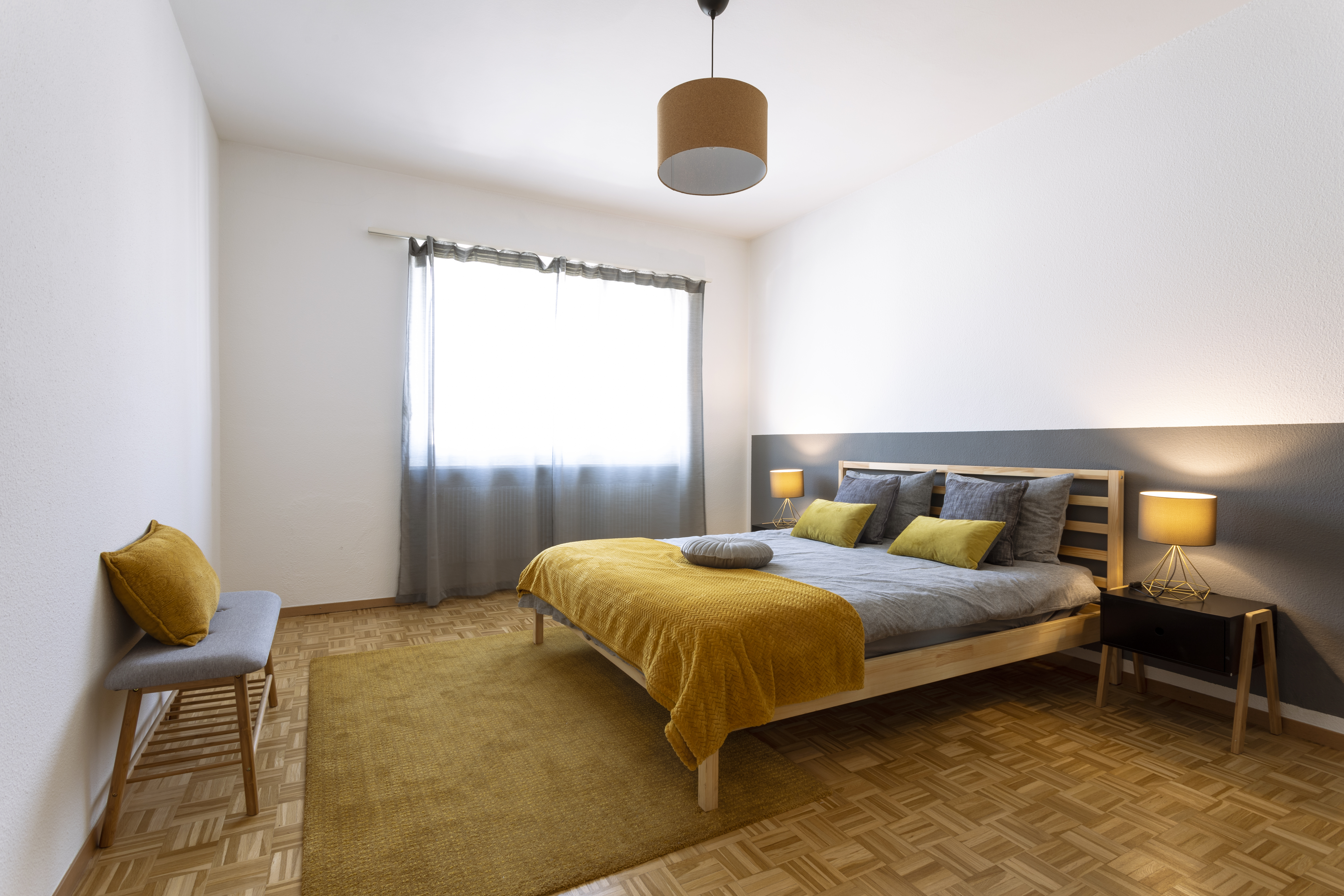

Premixed mud is more likely to bubble than dry compound that you mix yourself.
Mix slowly and thoroughly to prevent pockets of dry powder and excess air.
Apply mud in a smooth “push-pull” motion with a drywall trowel or putty knife.
Wait at least 24 hours between coats of drywall mud.
Let your tap water sit for 30 to 60 minutes before mixing.
Mudding is tricky. Even experienced pros get bubbles from time to time. Luckily, there are some tweaks that can prevent drywall mud bubbles. Learn why your drywall mud bubbles and how to fix the issue.
If you want a good finish on your wall, it's absolutely worth it to pay for professional taping and mudding. Many DIYers are tempted to pay someone to hang the drywall and do the rest themselves, but this is one area where a skilled contractor can make a huge difference.
Premixed mud is convenient, but it’s harder to apply smoothly without bubbles. Sometimes there’s extra air in the mixture. And other times, bacteria, mold, or natural separation can cause bubbles.
Use powder drywall compound, instead, and mix it with water on your own. Be sure to mix it following the manufacturer’s instructions.
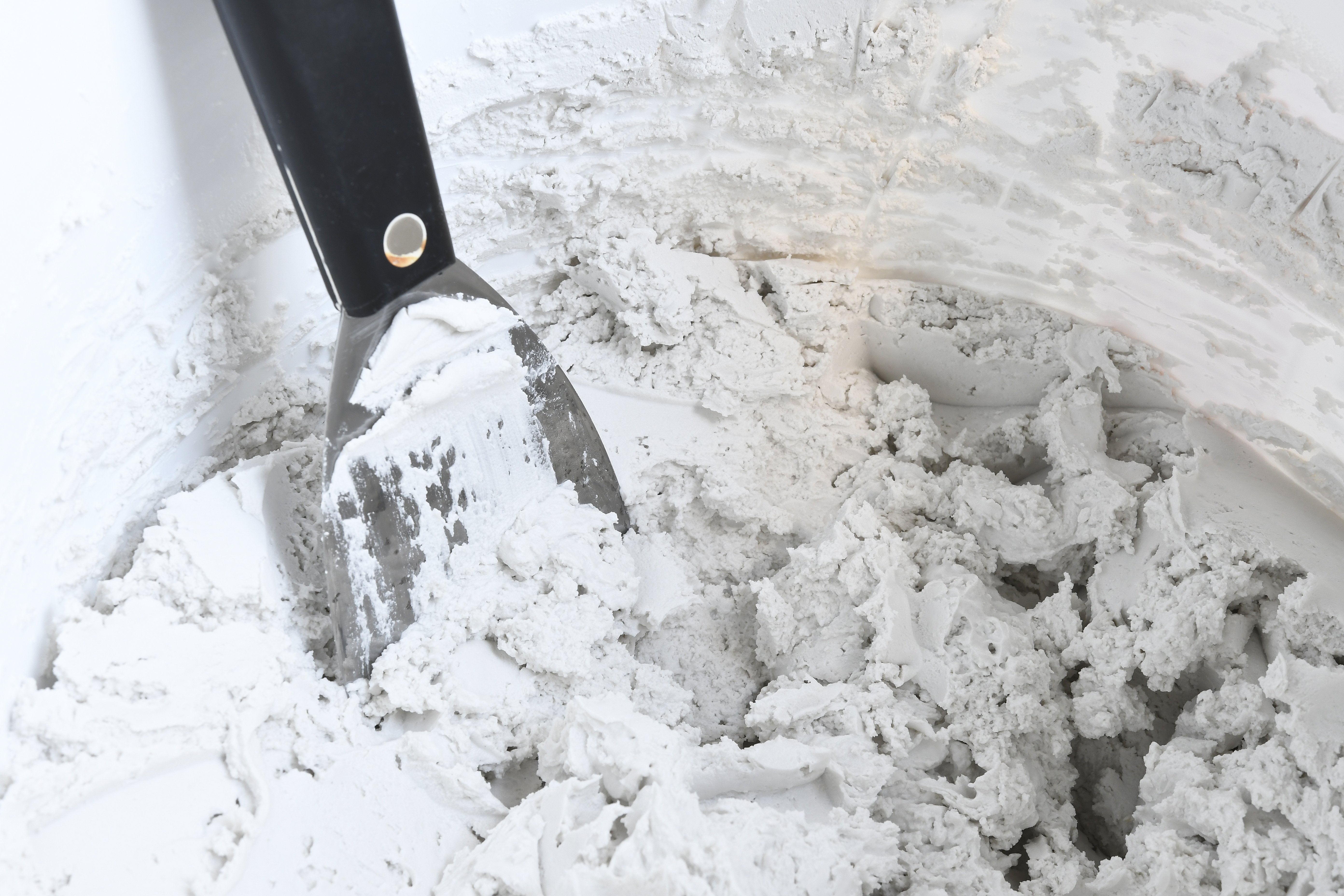
Just like when you’re mixing pancake batter, excessive whipping and aggressive mixing can cause air bubbles in drywall mud.
Slowly mix the compound into the water, adding more compound gradually. Use a low-speed mixer or paddle to blend it until all of the lumps are dissolved. Avoid creating a fast vortex while you mix because this can trap air. The mixture’s consistency should resemble smooth cake batter.
If the mud isn’t fully mixed, pockets of dry compound break the surface tension when you apply the mud to the wall.
Mix the mud in smaller batches. Mix it thoroughly and slowly, without whipping in extra air. Your mixture should be smooth without any lumps.
Tap water contains dissolved gases from being in a pressurized water line. If you mix tap water right into the mud, it can create air bubbles that show up on the wall when you apply it.
Pour your tap water into a bucket and let it sit for 30 to 60 minutes before mixing in the dry compound. You can also add a drop of dish soap to the mix to alleviate gas bubbles.
If your drywall mud mix doesn’t have enough water, it can lead to inconsistencies and bubbling when applying.
Add a few drops of water to smooth out your mud. Apply the mud in a small area to gauge consistency and bubbles. Add extra water as needed until you get a smooth, bubble-free application.
If there’s dust on the wall after sanding, it can cause the drywall mud to bubble up due to the uneven surface and air pockets forming.
After sanding the wall, vacuum it from top to bottom with a shop vac. As an extra precaution, wipe the wall with a slightly damp cloth to remove any fine dust particles. Let the wall dry before applying mud.
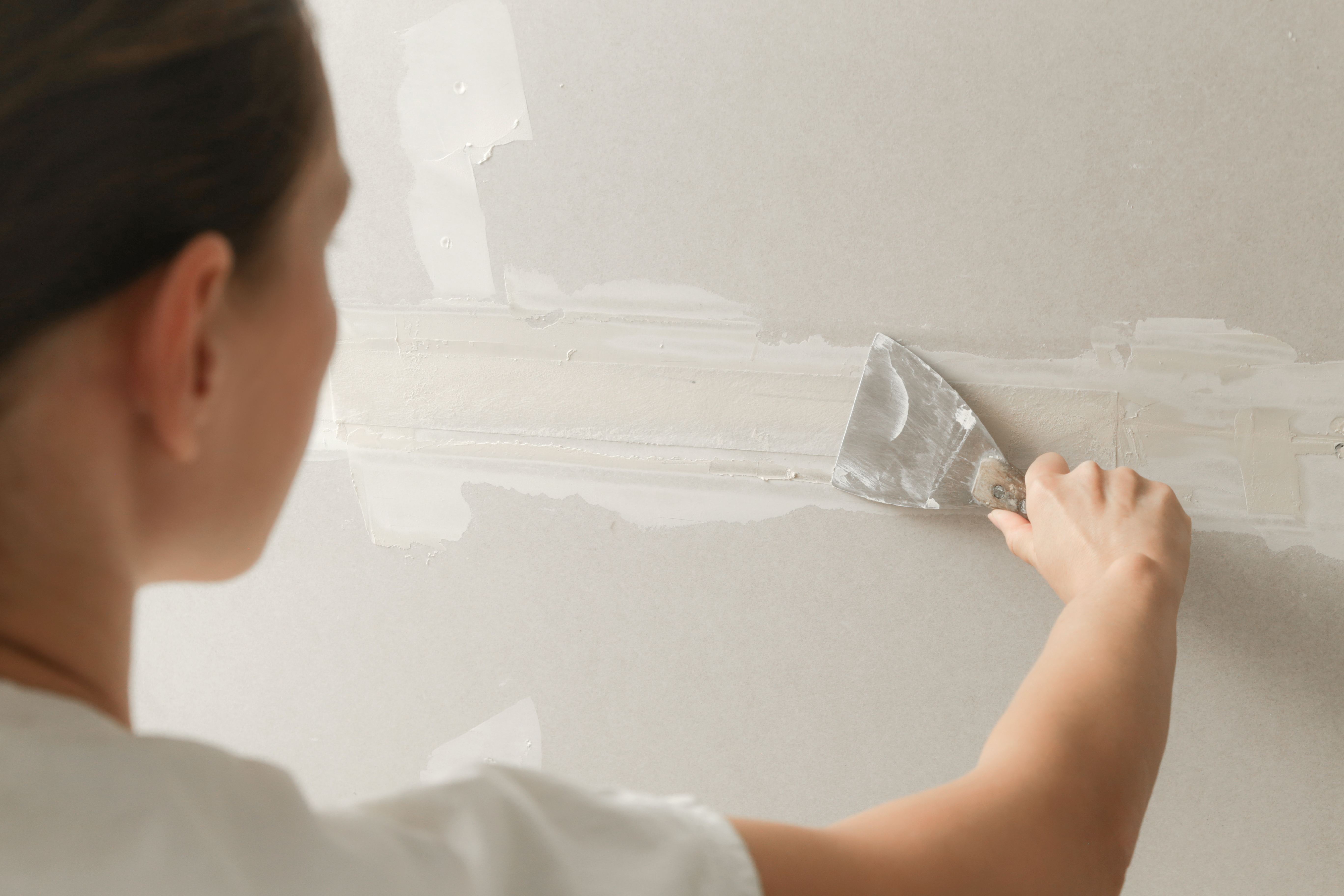
You should apply drywall mud in three thin layers, but it’s important to wait until the previous layer is 100% dry before adding the next coat. If the earlier layer is still wet, it can cause bubbling due to the extra moisture.
Wait 24 hours between each layer of drywall mud to ensure it is fully dry. Or, follow the manufacturer’s guidelines for specific recommendations.
You can mud over a painted surface, but only if you prep it first. Mudding over a painted wall, especially one with an oil-based paint, can cause the moisture in the paint to be trapped underneath the fresh coat of mud, creating bubbles.
Prime a painted wall before you mud over it. The primer seals the moisture and prevents the mud from bubbling.
Applying thick layers of drywall mud can prevent a smooth finish and cause bubbles to pop up.
Apply drywall mud in thin, smooth layers. Let each coat dry completely before adding another coat.
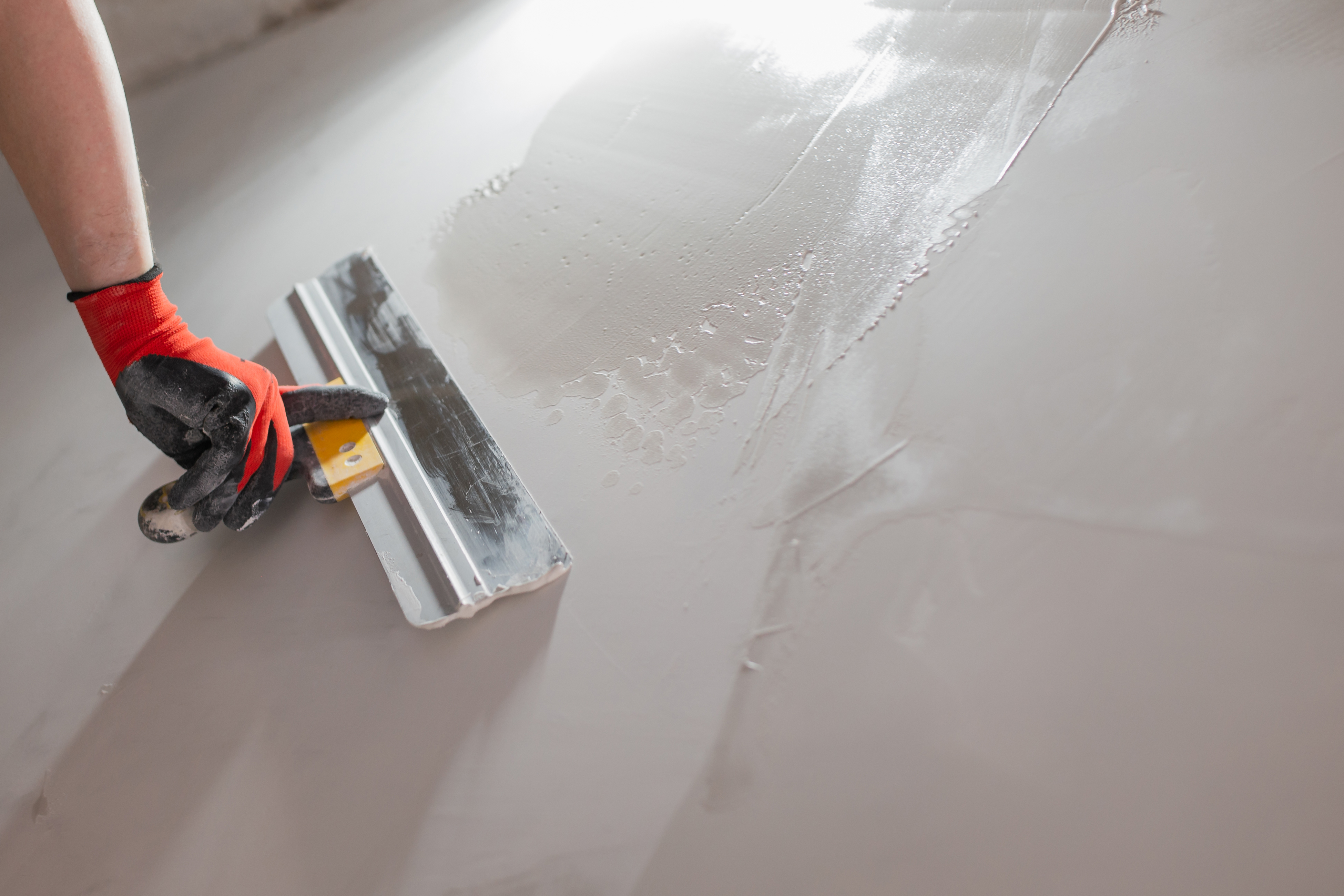
If you press your knife too hard while you apply the mud, the drywall tape can snap. Air bubbles can then develop on subsequent coats as the tape absorbs the moisture.
Hold your knife at a low angle when spreading the mud. Push down gently but firmly to smooth the surface.
The wrong type or size of tool can lead to trapped air and bubbling. You need to embed the mud into the tape properly, and that’s easiest with the right tools.
Use a drywall trowel or taping knife, also called a putty knife, for applying drywall mud.
Quick or inconsistent movements can cause air pockets. Drywall mudding takes precision and care to avoid bubbles.
Use a smooth “push and pull” motion when spreading mud to push the mud into the crevices and embed the tape.
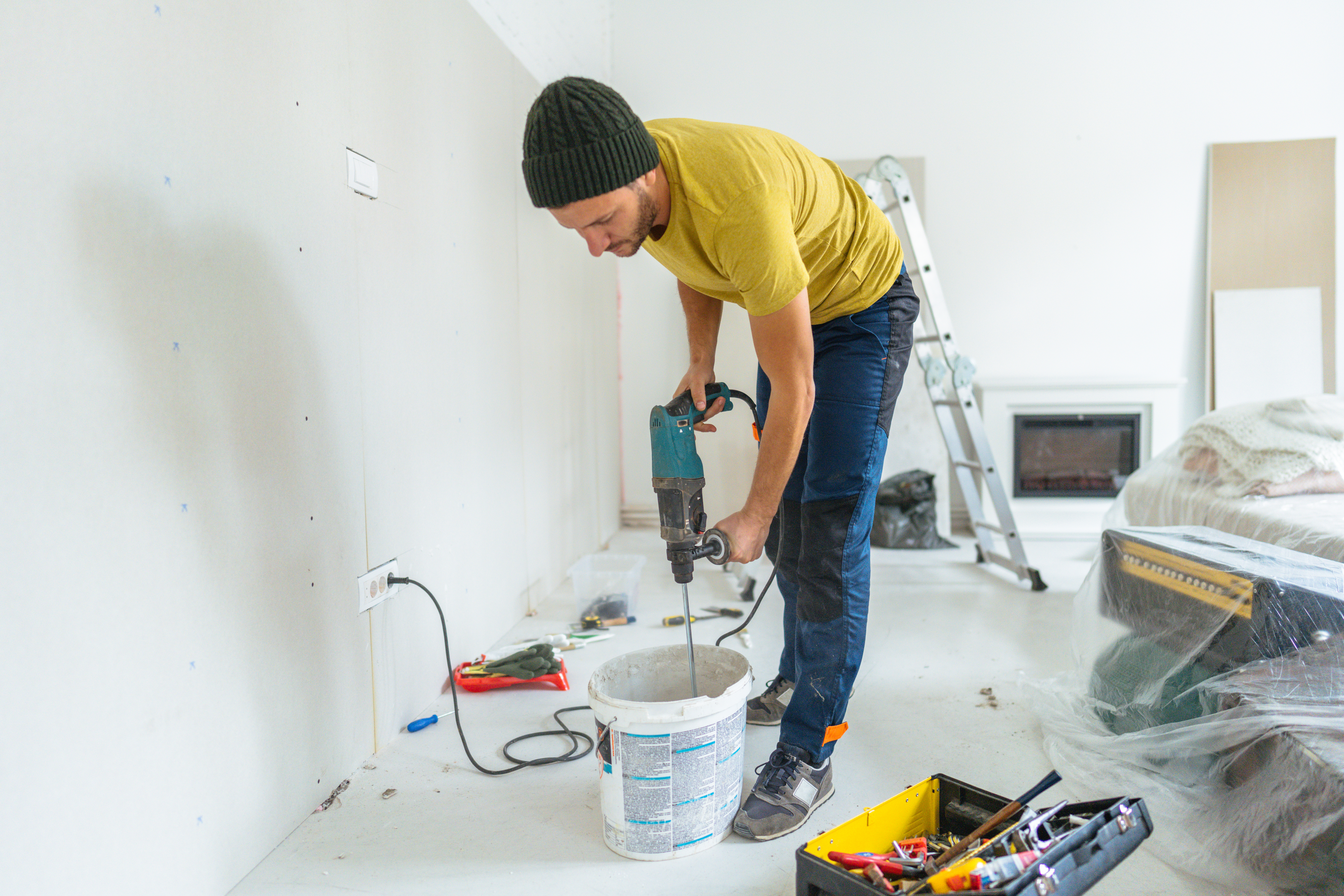
Drywall mudding is particularly tricky and takes practice and talent to get it right. Hiring a professional is a wise investment that’s sure to give you a polished result with minimal frustration. Consider hiring a local drywall pro, and learn how to paint the room instead to save on costs. Hiring a drywaller to handle mudding costs $1.50 to $3 per square foot.
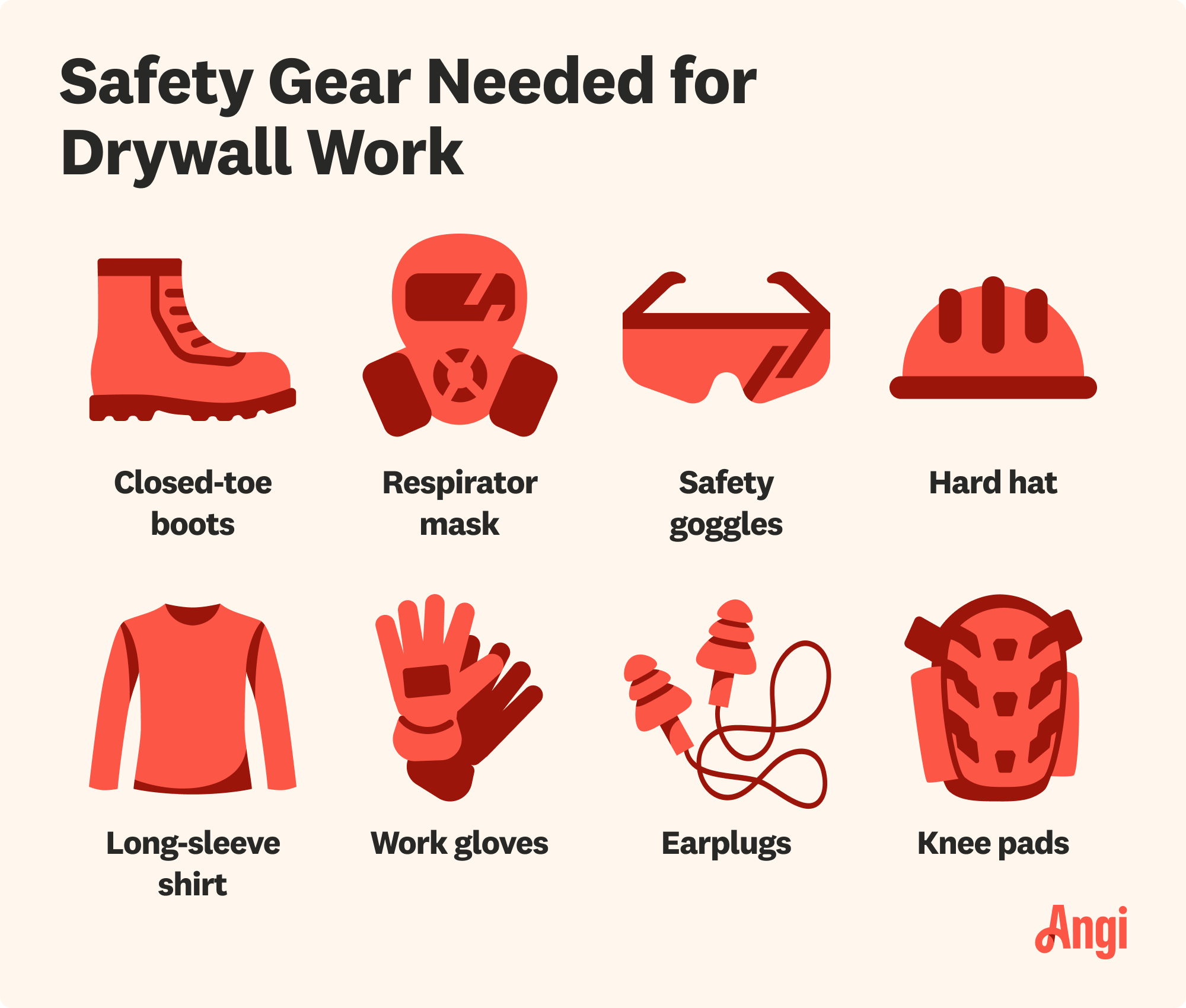
You can minimize bubbling in drywall mud by following these tips:
Opt for dry powder instead of premixed mud.
Mix your mud slowly and thoroughly to prevent pockets of powder and excess air.
Let your tap water sit for 30 to 60 minutes before mixing in the powder.
Apply mud in three thin coats.
Spread mud in smooth, continuous strokes with a drywall trowel or putty knife.
Practice in inconspicuous areas before moving on to the center of the room.
From average costs to expert advice, get all the answers you need to get your job done.

Drywall texture can create an attractive finish and add dimension to your home’s walls. This guide breaks down the factors that influence the cost to texture drywall.

Pre-drywall inspection costs vary depending on the home size, build complexity, and reporting you receive. Estimate your budget with this cost guide.

The cost to replace plaster with drywall can quickly add up. This guide will help you budget for this project and decide if it's worth the effort and cost.
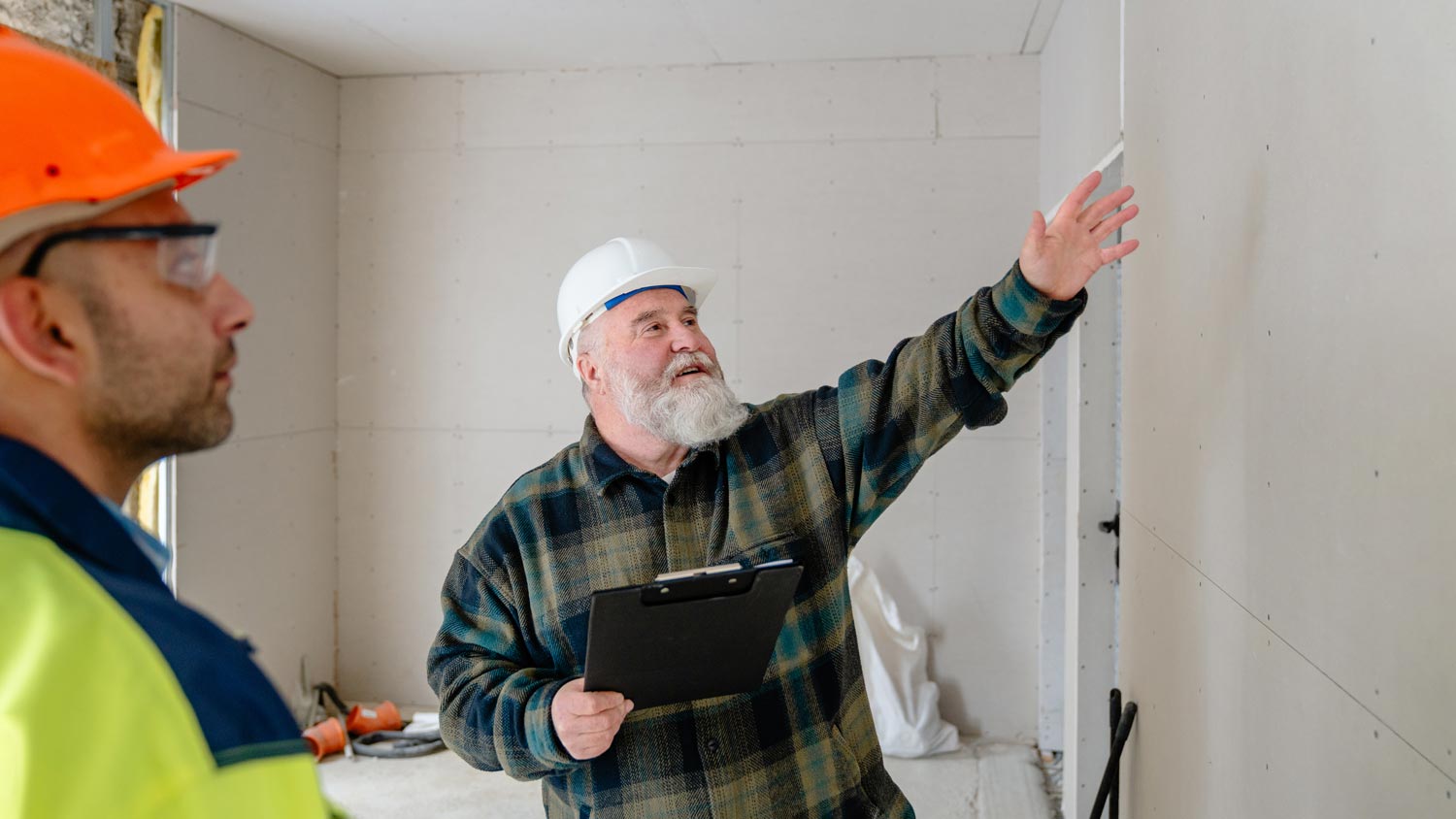
Use this pre-drywall inspection checklist to catch issues early and avoid costly repairs later. Build smarter with this must-have guide.

Drywall is one of the most important things to get right during home renovations. Use this guide to figure out what type of drywall is best for your project.
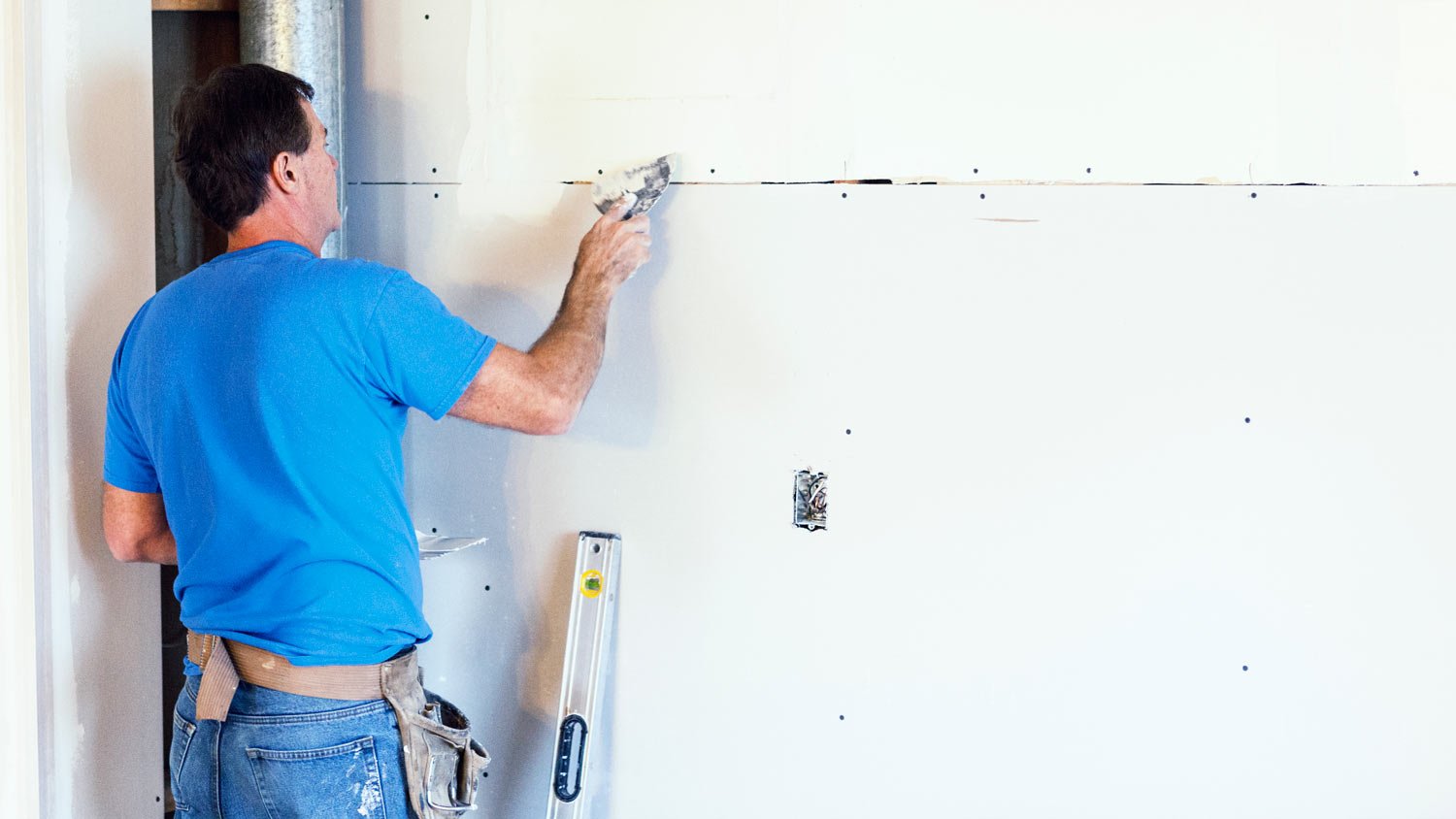
Thick gaps and extra joint compound can alter the look of drywall. So, should drywall be butt up against a wall? Review this guide for seamless installation.